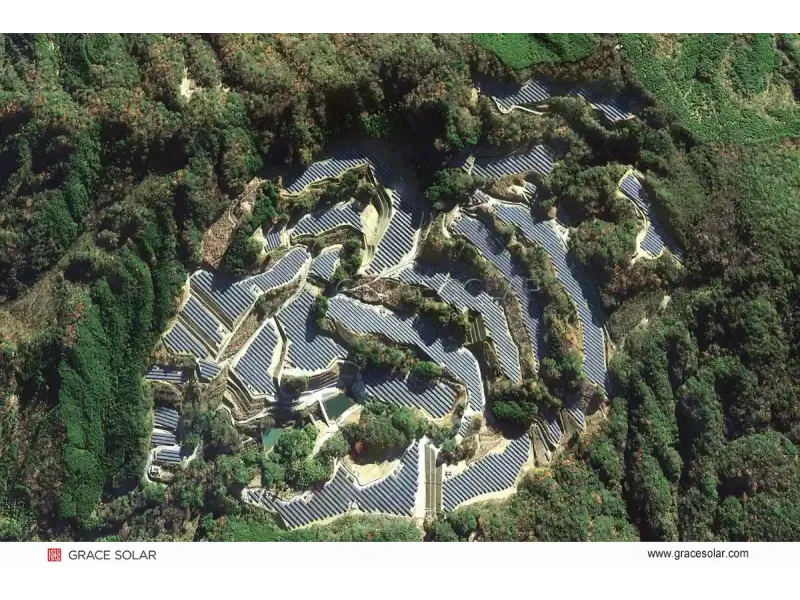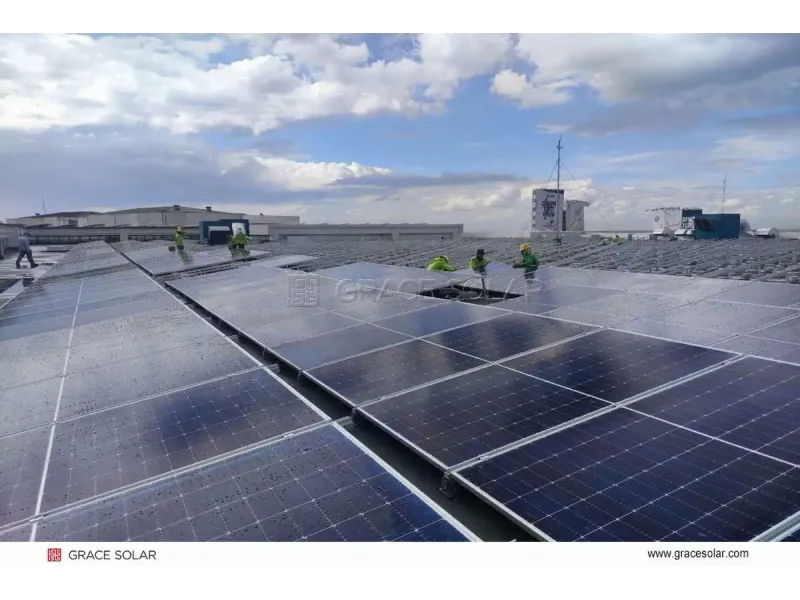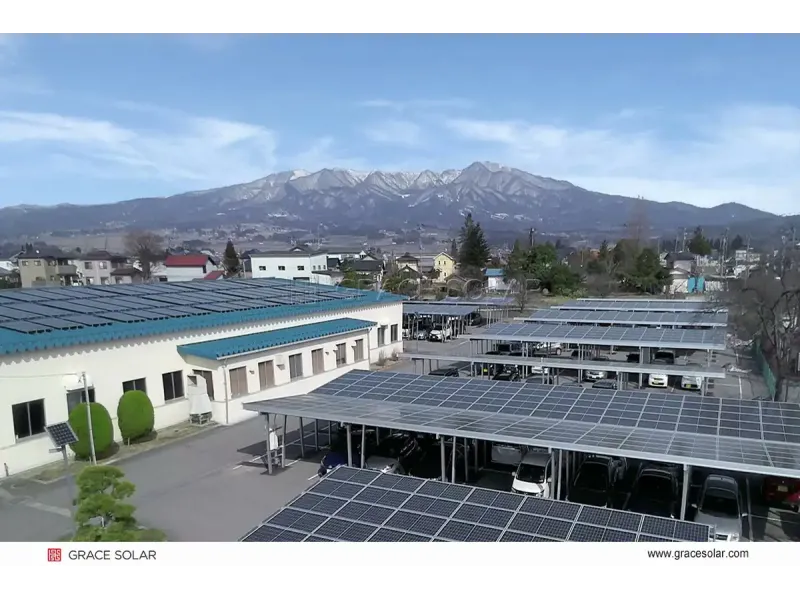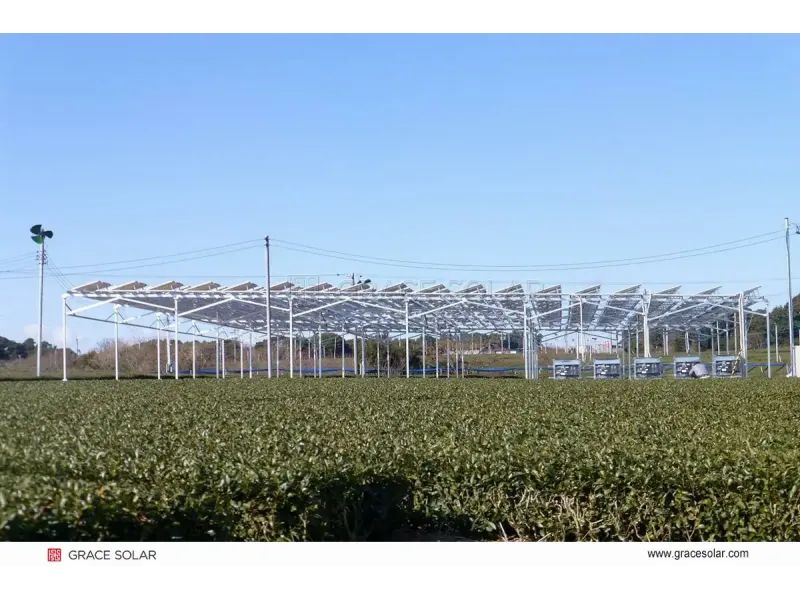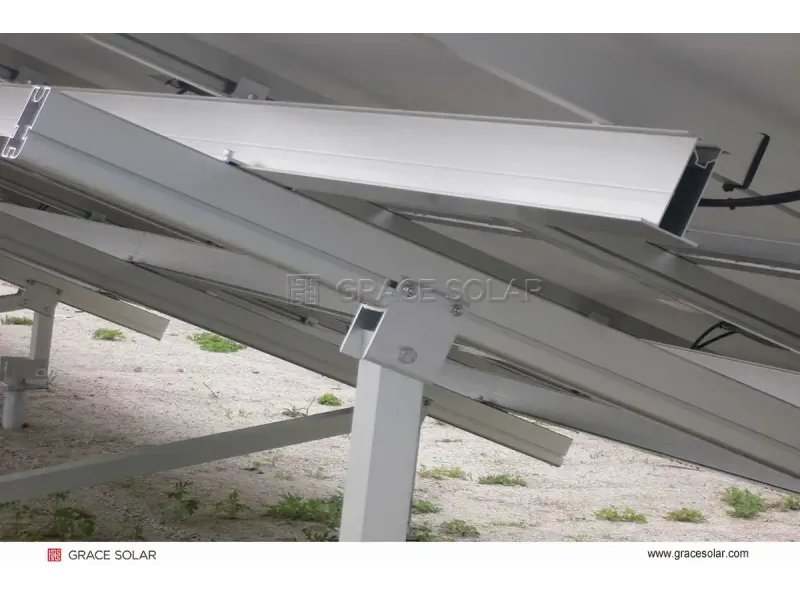Understanding Solar Tracking Systems: Technologies and Applications
Solar trackers dynamically position photovoltaic panels towards optimal sunlight angles, increasing energy generation by 15-40% compared to fixed systems. These precision technologies adapt to seasonal sun paths and daily movements using sophisticated control strategies.
1. Single-Axis Solar Trackers
Operating on one rotational axis, these systems offer balanced efficiency and cost-effectiveness. Horizontal single-axis trackers (HSAT) follow the sun's east-west path, delivering 10-25% increased energy yield. Key applications include:
- Large-scale utility plants
- Commercial installations
- Terrain-adaptive ground-mounted systems
Modern single-axis solar tracking systems feature slope adaptability up to 20% and specialized wind-resistant structures rated for 47m/s gusts. Their automated tracking solutions utilize hybrid GPS and tilt-sensor positioning with ±2° accuracy.
2. Dual-Axis Solar Trackers
These systems precisely adjust both azimuth and elevation angles, maximizing direct sunlight exposure:
- Generate 30-40% more energy than fixed systems
- Optimize bifacial module performance
- Ideal for space-constrained installations
Advanced dual-axis designs incorporate multi-point drive mechanisms that increase structural stiffness by 20%. Solutions like the automatic solar tracking system utilize AI-powered algorithms for weather adaptation and LCOE reduction.
3. Passive and Hybrid Systems
Non-powered systems that operate without motors:
- Thermo-mechanical actuation
- Maintenance-free operation
- Ideal for off-grid applications
Modern passive dual-axis solutions achieve remarkable reliability in harsh environments through hydraulic balancing and low-friction components.
Technological Evolution
AI-Optimized Control Systems
Intelligent algorithms combining astronomical data with real-time weather analytics to boost production by 8% during partial shading conditions.
Structural Innovations
Multi-point drive systems enhancing natural frequency response, while galvanized steel-aluminum composites withstand extreme environmental conditions.
Comparative Analysis
| Performance Metric | Single-Axis | Dual-Axis | Passive |
|---|---|---|---|
| Energy Gain | 20-25% | 30-40% | 10-15% |
| Slope Adaptation | Up to 20% | Up to 15% | <5% |
| Wind Resistance | 47m/s | 47m/s | 32m/s |
Implementation Solutions
Specialized configurations enable optimized deployment:
Complex Terrain Solutions
Independent row systems enabling ±60° rotation with 500mm ground clearance and rammed pile foundations for challenging landscapes
Hybrid Power Systems
Dual power supply options including PV string and lithium backup ensuring uninterrupted operation during grid outages
Pro Tip: For large-scale installations exceeding 10MW, integrated solar EPC solutions provide comprehensive project management combining tracker technology with balance-of-system optimization.

